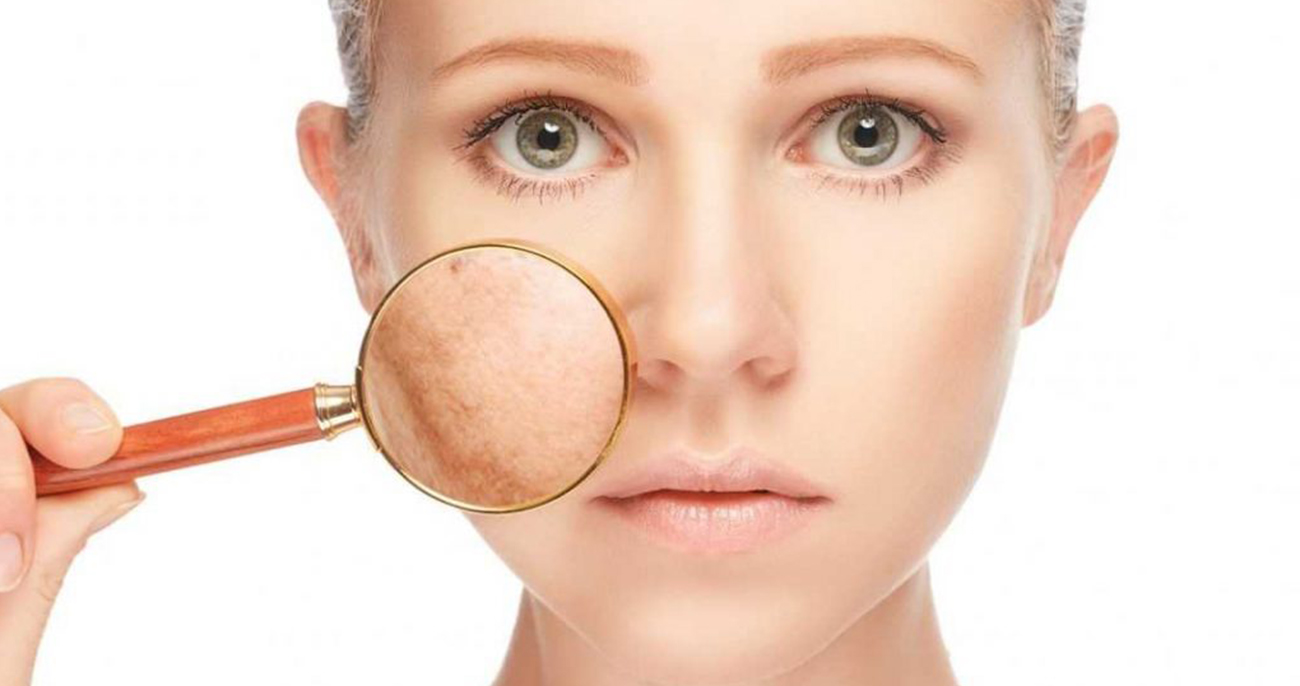Pigmentary disorders cause psychological distress and negatively impact the quality of life of an individual. There are many different types of pigmentary disorders and best to know the types as treatment varies for each type.
Pigmentation Types :
Melasma
Melasma is a common chronic pigmentary disorder after affects mainly women but seen also in some men especially of Indian ethnicity. Read more
Post Inflammatory Hyperpigmentation
Post Inflammatory Hyperpigmentation (PIH) occurs after an injury to the skin, resulting in an inflammatory reaction that results in a dark patch on the skin. PIH is commonly caused by conditions such as acne, eczema, burns, insect bites, allergic reaction to facial products, friction from waxing or shaving as in dark underarms or dark inner thighs from friction from walking Certain aesthetic procedures such as IPL, lasers and chemical peels are done wrongly can cause PIH, especially on darker skin types.
Presentation of PIH is usually as acne marks on the face, dark marks on legs, dark patch on inner thigh, neck, buttocks and underarm. Severity and poor response to treatments is an issue with dark skin types. PIH can last from months to years and can significantly affect a person. PIH is a condition difficult to treat but at the clinic, we are able to treat successfully by using a combination of effective lightening creams and mainly chemical peels. Read more about Chemical Peels
Presentation of PIH is usually as acne marks on the face, dark marks on legs, dark patch on inner thigh, neck, buttocks and underarm. Severity and poor response to treatments is an issue with dark skin types. PIH can last from months to years and can significantly affect a person. PIH is a condition difficult to treat but at the clinic, we are able to treat successfully by using a combination of effective lightening creams and mainly chemical peels. Read more about Chemical Peels
Hori’s Nevus
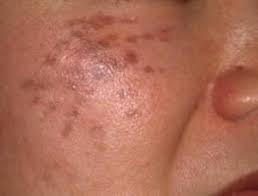
Is also known as acquired bilateral nevus of Ota-like macles(ABNOM), appears as brown-grey to brown-blue spots or patches usually on the cheekbone. It is common in Asian women. Treatment is Only using a Q switch laser. Require many sessions for clearance
Seborrheic Keratoses
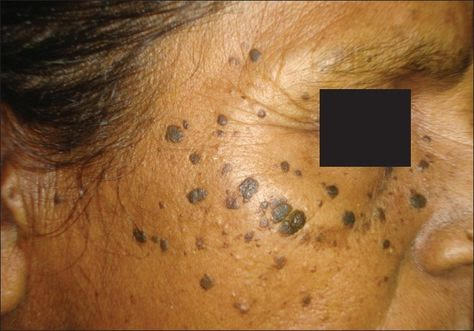
Seborrheic keratoses commonly occur after the age of 40. It appears as raised, brown, rough and crusty lesions. They can differ in colour from light tan to black. They occur on sun-damaged skin. Treatment is with Co2 laser. The side effect of Co2 laser can be hyperpigmentation, especially on darker skin types. In such cases, the skin is treated early with chemical peels to remove the hyperpigmentation
Periorbital Hyperpigmentation
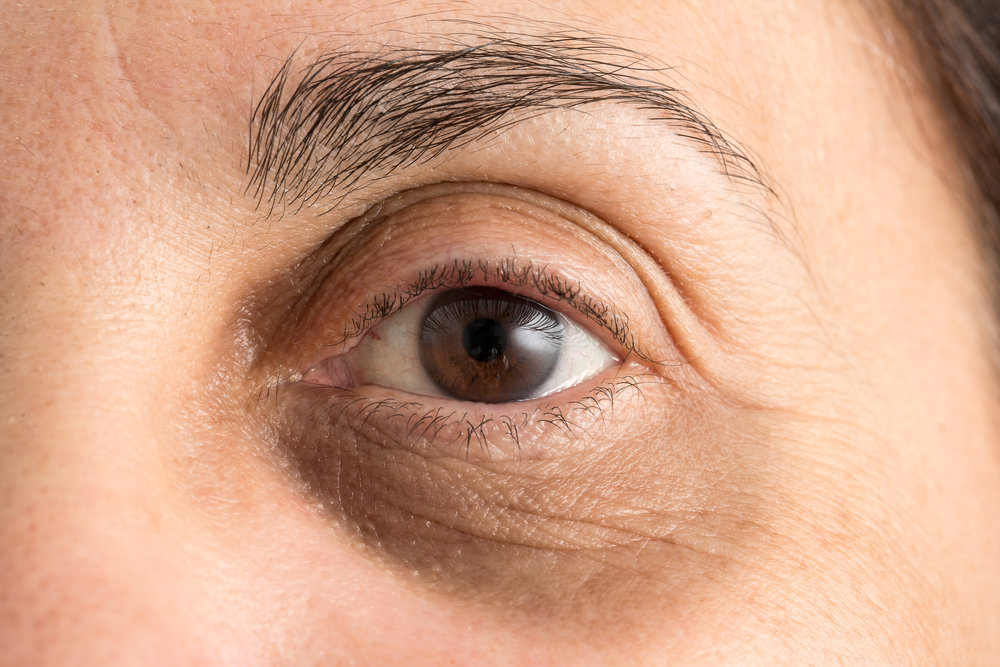
Hyperpigmentation around the eyes is commonly seen with people of Indian descent. Commonly runs in families. It is a chronic problem but can be treated and lightened effectively. Read more Dark Eye Circles
Lichen Planus Pigmentosus
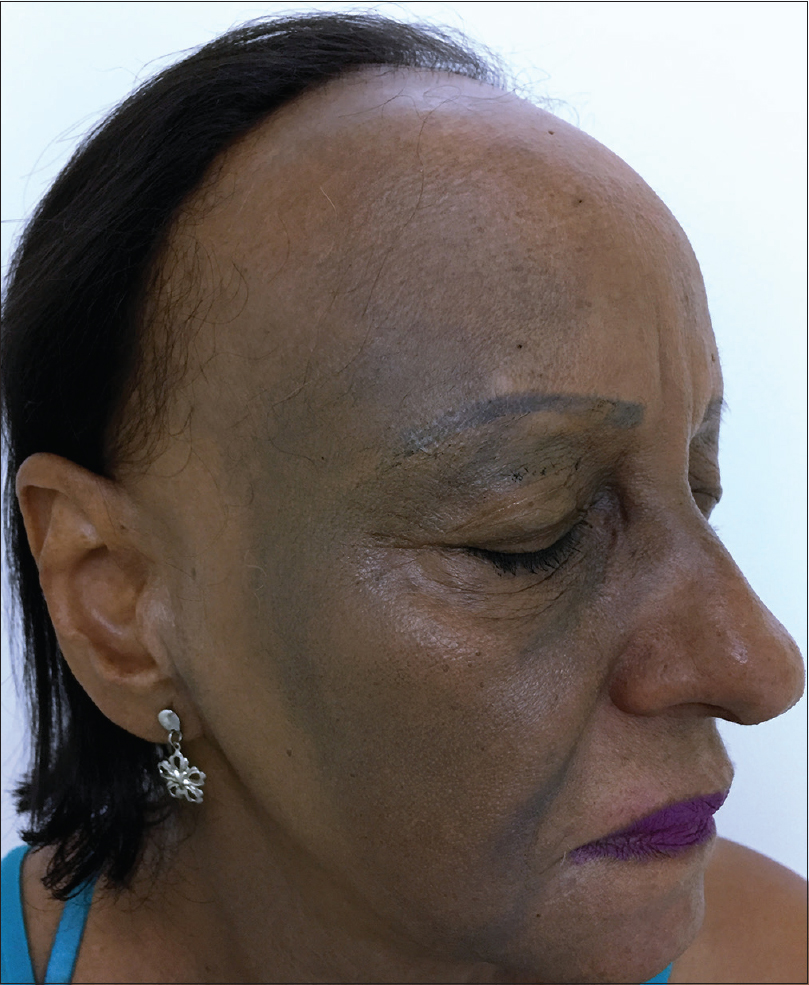
Lichen Planes Pigmentosus is a rare skin disorder that is characterised by grey-brown dark patches on the skin. Areas exposed to the sun such as forehead, temples and neck are commonly affected. Affects mostly those of Indian and African ethnicity. Treatment should be started early and is a combination of chemical peels and lightening creams.
Dermatosis Papulosa Nigra
Presents as numerous, small dark brown papules around the cheekbone, eyes and neck of persons of African. Indian, Latin and Asian descent.individuals. It is benign and usually removed because cosmetically undesirable Treatment is removal with a laser

